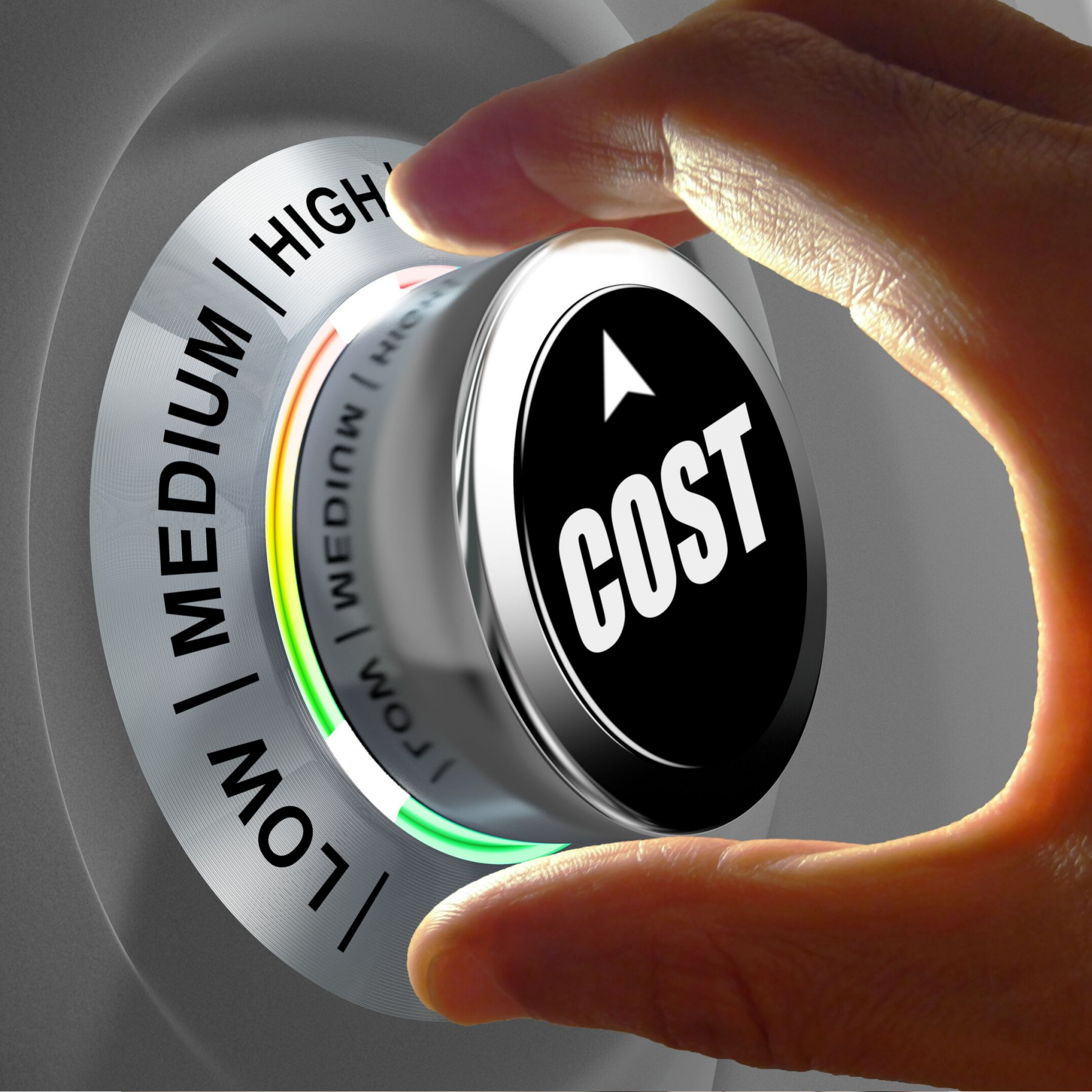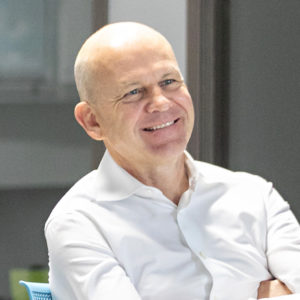Themed Development: How Much Does It Cost?
It's essential to approach cost management first from a macro view—drawing from a thorough analysis of the project’s location, vision, and variables, to be able to accurately forecast the capital required to bring a developer’s vision to life.
Accurate and Effective Cost Management Is Key To Avoiding Project Failure
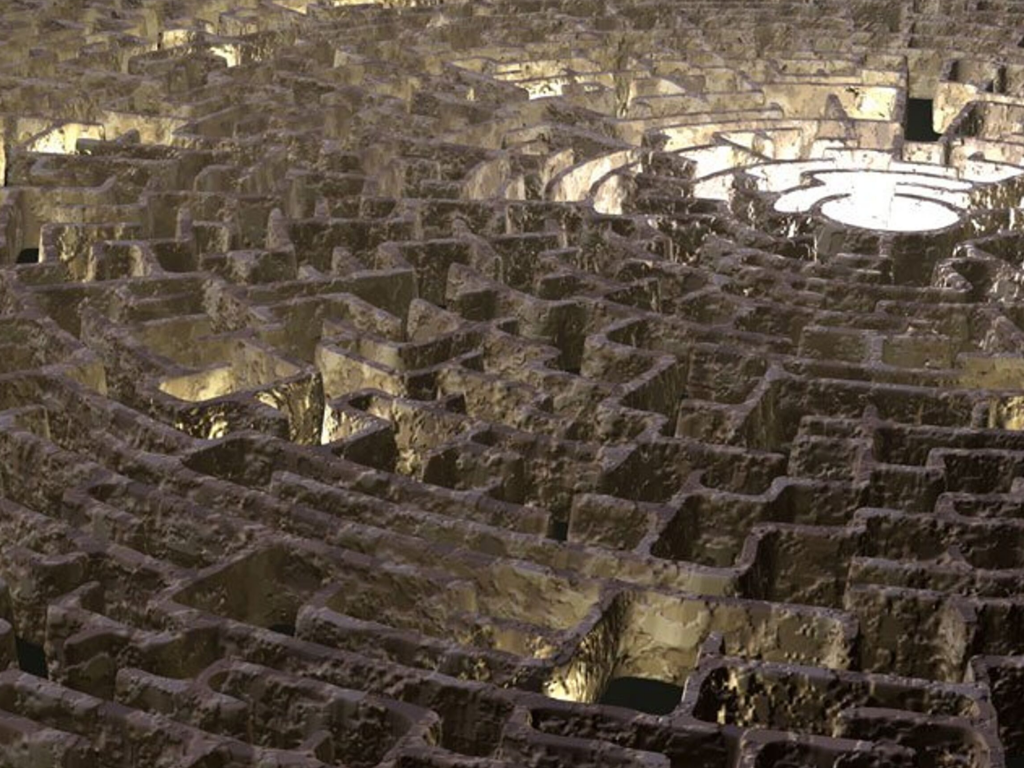
While there are many complex factors at play in any development process, the foundation of determining feasibility (and eventually deliverability, buildability, and operability) of themed environments comes down to a deceptively simple question: Are enough funds available to complete the proposed project in a way that achieves the ultimate vision or goal?
Or, more simply, how much will this cost?
In the world of development, it’s clear that an inaccurate estimate or unrealistic budget can be disastrous. At worst, the project could end up half-finished with a large percentage of capital commitments going down the drain; at best, it could take several years to recoup the investment even if the development is able to proceed.

Today’s developers understand that themed and entertainment destination developments are typically much more complicated and costly than traditional real estate projects.
This is due in part to the many specialized variables—across more than 113 divisions of work, in fact—each of which contributes to the potential for some aspect to go over budget, or worse, for the project to fail.
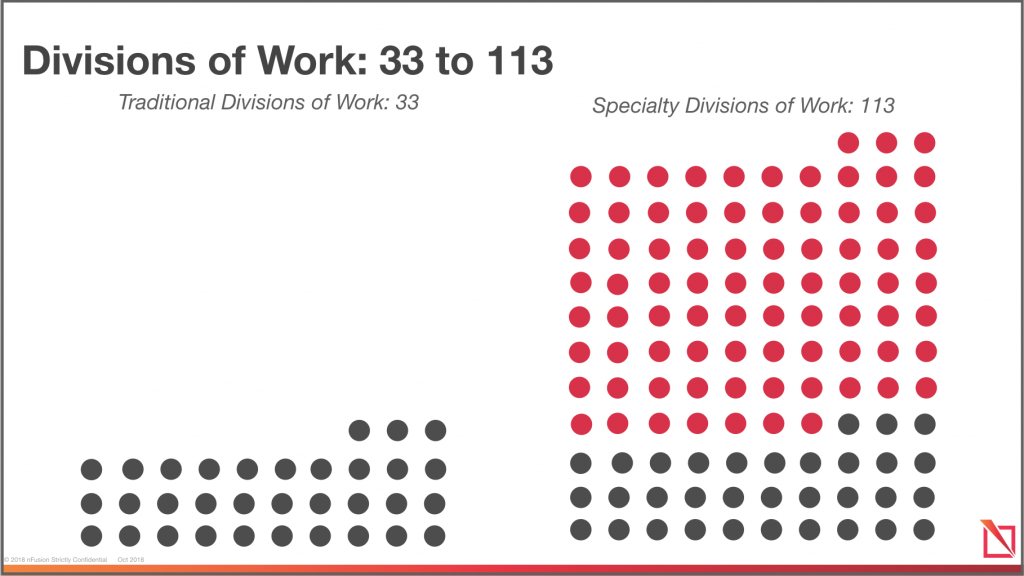
So, what’s the solution?
While all developers understand the need to gather cost estimates, there is a deeper level of consultation and expertise that can help today’s developers navigate current market challenges and help mitigate the risks of specialty construction projects.
That process is cost management–an ongoing function that ensures a themed development project stays on track and on budget from start to finish.

The nFusion team approaches cost management first from a macro view—drawing from a thorough analysis of the project’s location, vision, and variables, we are able to accurately forecast the capital required to bring a developer’s vision to life.
At this stage, we present the development team with a cost estimate, or, in some cases, a series of estimates updated throughout the four-gate destination development process—that reflects a detailed analysis of a project’s scope, schedule, strategies, and resources.
This initial framework is then used to continuously monitor the development’s progress at a micro level by supervising benchmarks and timelines, and addressing any cost-related fluctuations immediately to avoid challenges later in the process.
The key to success in this work is ensuring that the initial estimate is accurate. To do this, today’s developers, owners, and cost consultants must:
1. Understand the vision.

With any development project, owners, developers, designers, contractors, and other stakeholders must be on the same page regarding the ultimate vision for the destination.
Challenges can arise from the complexity and scale of destination projects, as well as a stakeholder attachment to the creative, which is understandable but can be problematic if not addressed.
The cause of this issue is most often a failure to align the business plan’s warranted investment and the preliminary creative visioning. Early collaboration between all stakeholders and the cost management team to benchmark the project and right size scope and quality goals is critical before, rather than after, creative work has commenced is critical.
By truly understanding the creative vision, cost consultants can more accurately advise on how to bring the entire project to fruition while remaining within budget.
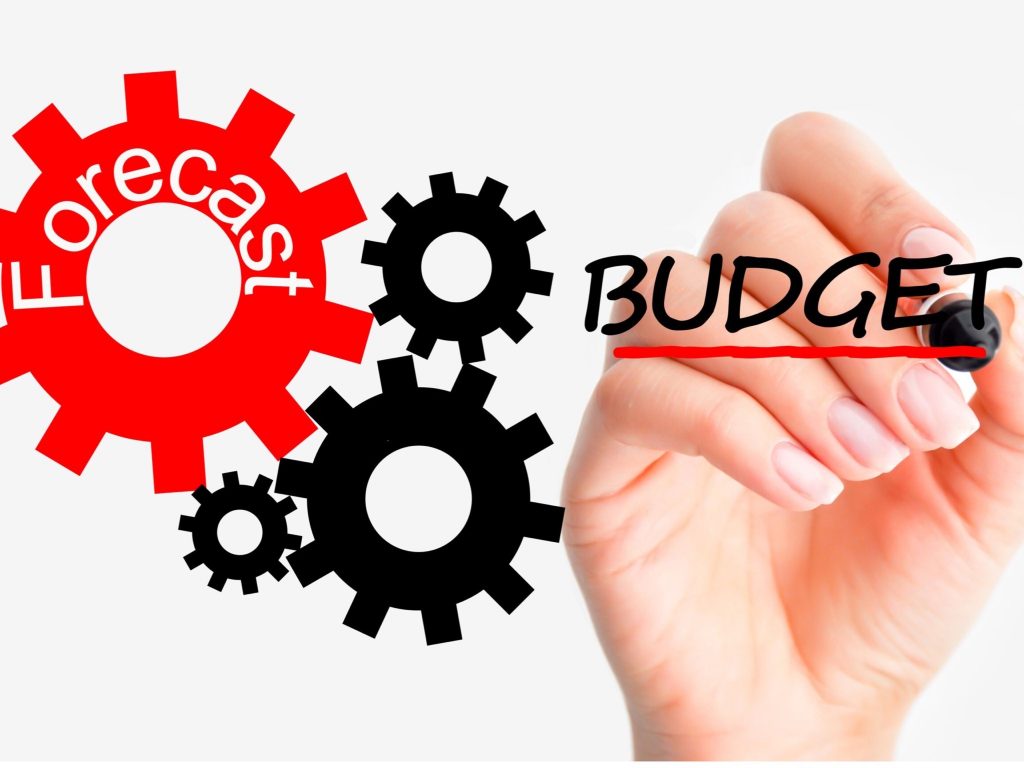
2. Investigate regional costs.
Today’s developers are battling rising construction costs. According to Turner & Townsend’s International Construction Market Survey for 2019, construction costs this year are expected to rise at an average rate of 4.1% globally.
While this is a decrease from the 4.7% peak of 2017, it is still a significant number. Further, construction markets vary greatly across the globe, and many—such as Qatar, Jakarta, and Mexico City, just to name a few—are seeing larger cost increases than they have seen in recent years.

In addition to varying skilled labor and material costs, countries and municipalities have their own unique requirements and costs related to permits, taxes, etc.
Ideally, a cost consultant will either have experience in a project’s location or have worked in many regions and will be well-versed in navigating regional variables to help developers manage costs.
3. Establish benchmarks based on historical data.

Historical data is critical to improving the accuracy of cost estimates and capital plans. For this reason, it’s important to select a cost consultant with deep collective experiences and connections in the themed/destination development sector.
By navigating this historical data properly, a cost consultant can help the development team ensure that milestones are being hit on schedule and on budget.
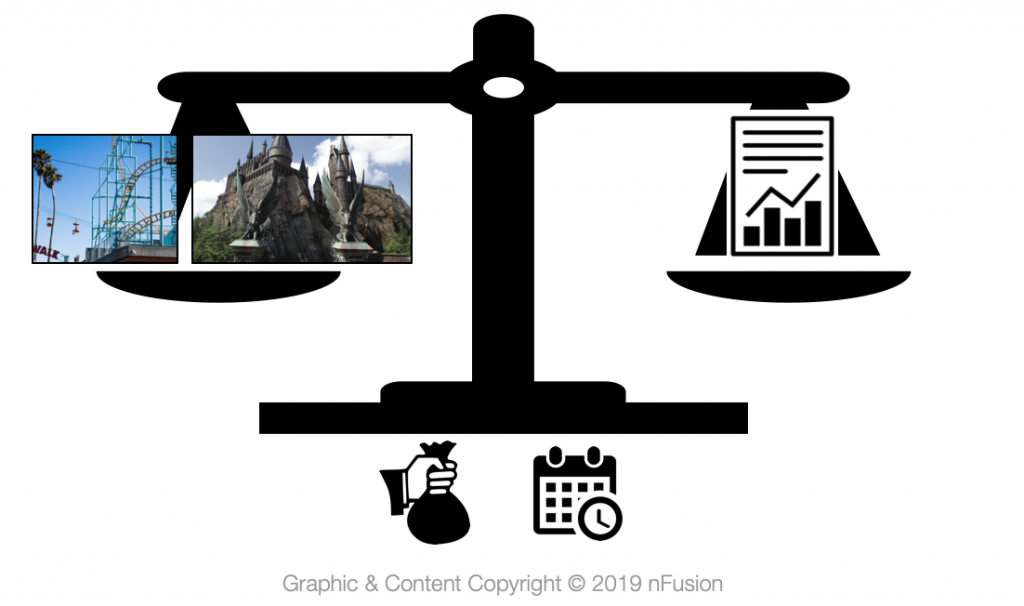
4. Develop a work breakdown structure (WBS).
A project manager must be able to sort and filter a schedule of potentially thousands of tasks. This is accomplished through a WBS – a critical component to determine labor costs and timelines.
The WBS can be defined by types of tasks or by location—for example, in a theme park development, work zones could be divided by ‘lands.’
This important structure will also outline the project’s lifecycle schedule, which is an aggregation of multiple work plans, or sub-schedules, all of which contributes to keeping the project on budget and on time.
5. Include assumptions and exclusions.
No developer wants surprise costs. A comprehensive estimate must always factor in some reasonable assumptions in the projected cost, and list out additional costs not included in the total that could potentially arise. This ensures there are no surprises, and helps bring the project to the finish line.

nFusion’s cost management process includes ongoing interaction with stakeholders, advice and guidance services, team collaboration, as well as balancing and tuning to optimize efficiency in order to meet or stay under the estimated cost—throughout vision, concept, design, and creative execution.
While some development teams may choose the bare minimum of simply working with a consultant to produce a cost estimate in the early stages of a project, those who engage a consultant for comprehensive cost management are more likely to find success in managing the overall cost of a themed or destination development.
A complete cost management program will hold the initial estimate accountable, adjust for any unforeseen disrupters, and accurately adapt should the program expand during development. By gaining a deep understanding of the development’s vision and goals, investigating and navigating regional costs, setting benchmarks against historical data, developing a thorough WBS before the budget is set and including assumptions and exclusions, today’s developers can more easily proceed knowing that their project will reach the finish line within expectations—and in some cases, even ahead of schedule and under budget.
